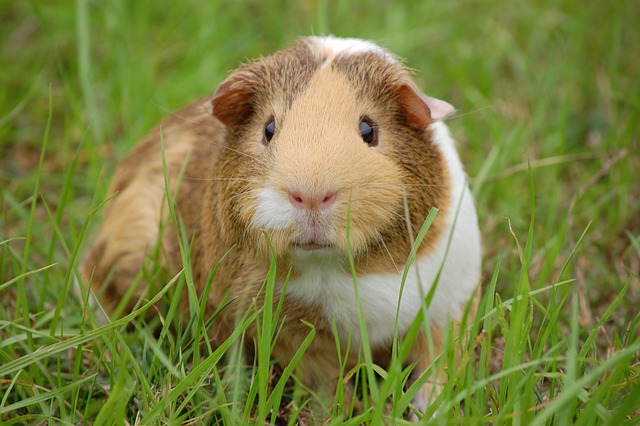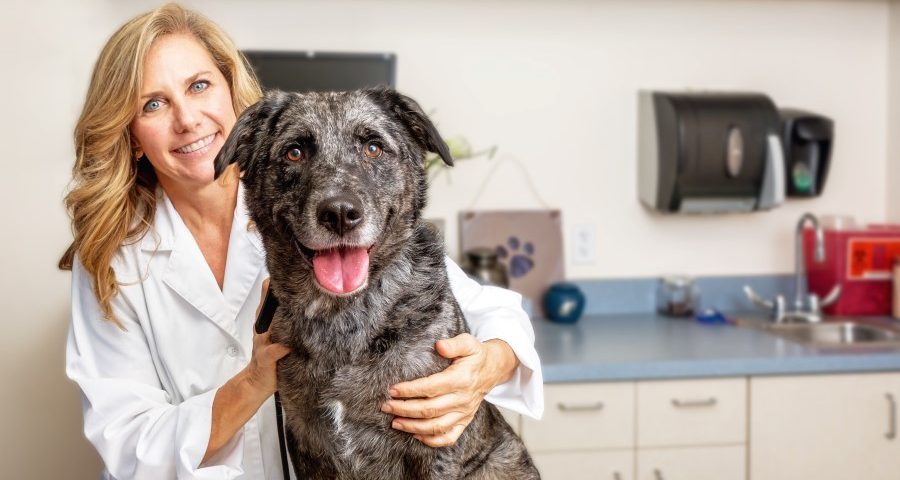
How to Improve Your Veterinary Practice Efficiency in 2023
November 8, 2022
How to Hire the Right Veterinary Technician
December 9, 20226 Trends the Veterinary Industry Should Watch in 2023
Focusing your efforts on improving your veterinary practice also includes getting familiar with the upcoming trends.
Each year brings something new to the industry—here are six trends to watch in 2023.
1. Cats and Dogs and…Exotic Pets
Yes, among 90.5M U.S. homes, dogs and cats still reign (69M and 45M, respectively). However, according to the 2021-2022 APPA National Pet Owners Survey, there is an emerging trend of households with other pets. A little over 11M homes have freshwater fish as pets, and around 10M have feathered companions.
Reptiles and rodents are also gaining in popularity due to their low maintenance. Around 6.2M households welcomed hamsters, chinchillas, guinea pigs, and gerbils. These small animals are a popular first pet among households with children. Finally, exotic pets are also gaining traction, with ferrets, sugar gliders, and hedgehogs becoming more regular clients at veterinary practices across the country.

2. Pet Adoption is on the Rise
Many passionate animal lovers would vouch for pet adoption. A less expensive option, adopting a shelter animal and giving it a forever home is often an ethical choice for many. Adoption became extremely popular during the COVID-19 pandemic, and many of those animals are lovingly referred to as pandemic pets.
The situation in shelters is alarming since many pets are simply abandoned. Each year, 6.5 million animals are left on the streets or in shelters according to the Pet Adoption Statistics in 2021. It may seem that the pandemic pet adoption euphoria has dwindled, however, nationwide campaigns reached record-high numbers of adoption during the second half of 2022.
3. Pet Tech: More Than “Cool Gadgets”
We have countless apps on our smartphones, so why wouldn’t our pets have them, too? This probably crossed the minds of startup founders who came up with the latest pet gadgets, such as smart feeders that fill the pets’ bowls at certain times, pet cameras, collar tracking systems, self-cleaning litter boxes…the list goes on.
A positive aspect of these latest pet technologies is that they’re usually focused on pets’ well-being. With smart feeders, owners can monitor their health and ration food portions as needed. Pet cameras and collar tracking devices keep pets safe. And you can do all of it with just one tap on your phone. So it comes as no surprise that the global pet tech market is estimated to reach $20 billion by the end of 2027.
However, the technology jungle is hard to navigate for pet owners, so veterinarians should stay on top of the news and know the pros and cons of the most popular pet gadgets available.
4. Trend Alert: Pet Supplements and Pet Wellness
Vitamins, probiotics, fish oil…sound familiar? Of course, these are popular supplements for human use, but did you know that they’re trending pet supplements as well? According to Grand View Research, the pet supplement industry will reach an astounding $1.05 billion by 2027!
Also, natural remedies that help with stress management are seeing an uptick in interest. For example, many pet owners are using CBD supplements. From oils to chews, CBD comes in various shapes and forms to help alleviate pets’ chronic pain and anxiety.
Alternative healing methods are another form of pet wellness that has found an audience. There are chiropractic and hydrotherapy treatments, as well acupuncture and massage sessions specifically designed for pets. As a result, it’s important for clients to be informed and educated about safe and effective treatments.

5. Niche Pet Food for Picky Eaters (or Picky Owners)
Another industry category always diversifying is pet food. A relatively new niche pet food category that is growing fast is freeze-dried dog food and raw food. According to PetFoodIndustry.com, non-traditional pet food formats are getting more popular than traditional pet food. A University of Guelph Ontario Veterinary College survey highlights that 66% of dog owners and 53% of cat owners buy their pets raw food.
However, being exposed to so much variety can actually trigger decision fatigue. Making the right pet food choice is becoming a real challenge for pet owners, but it also offers an opportunity for veterinarians to make sound recommendations.
6. Telemedicine is Here to Stay
Is telemedicine a relic of the COVID-19 past or has it just started? When it comes to veterinary practices, it’s naturally always better to check the animal in person. However, telemedicine is a cost-effective option in certain cases, such as when a client has questions that may not require an in-person appointment. Also, some pets go through extreme stress when visiting the vet. In non-emergency situations, a veterinarian may be able to assess the animal without subjecting it to a carrier and change of surroundings.
The COVID-19 pandemic did help veterinary professionals to introduce or improve their remote check-ups. A HealthforAnimals survey showed that in the fall of 2020, 47% of pet owners said their veterinarians offered such consultations. The same survey also observed that more than 70% of interviewed pet owners stated that they were ‘satisfied’ or ‘extremely satisfied’ with this new way of veterinary care.
To Sum It Up
Keeping up with the latest trends is important for every industry. Veterinarians have quite a challenge keeping up while also managing daily appointments, communicating with clients, and running their veterinary practice amidst staff shortages. However, staying in the loop on the latest trends now enables you to give consultative advice and build client relationships for years to come.


